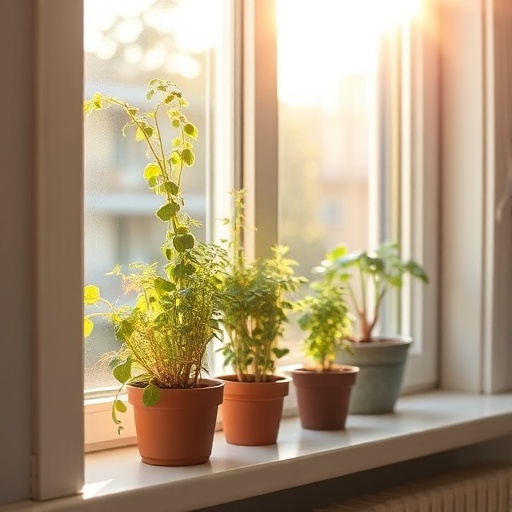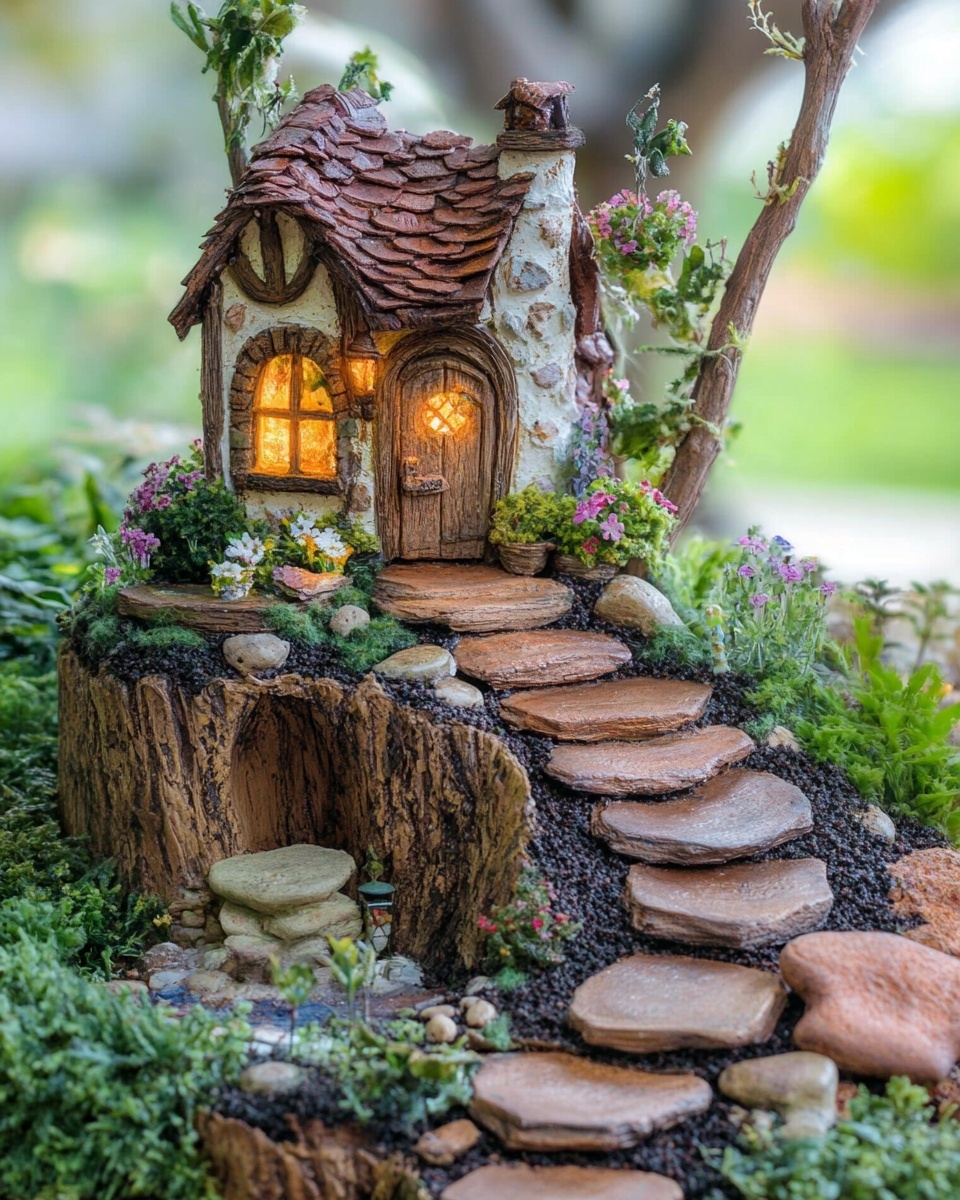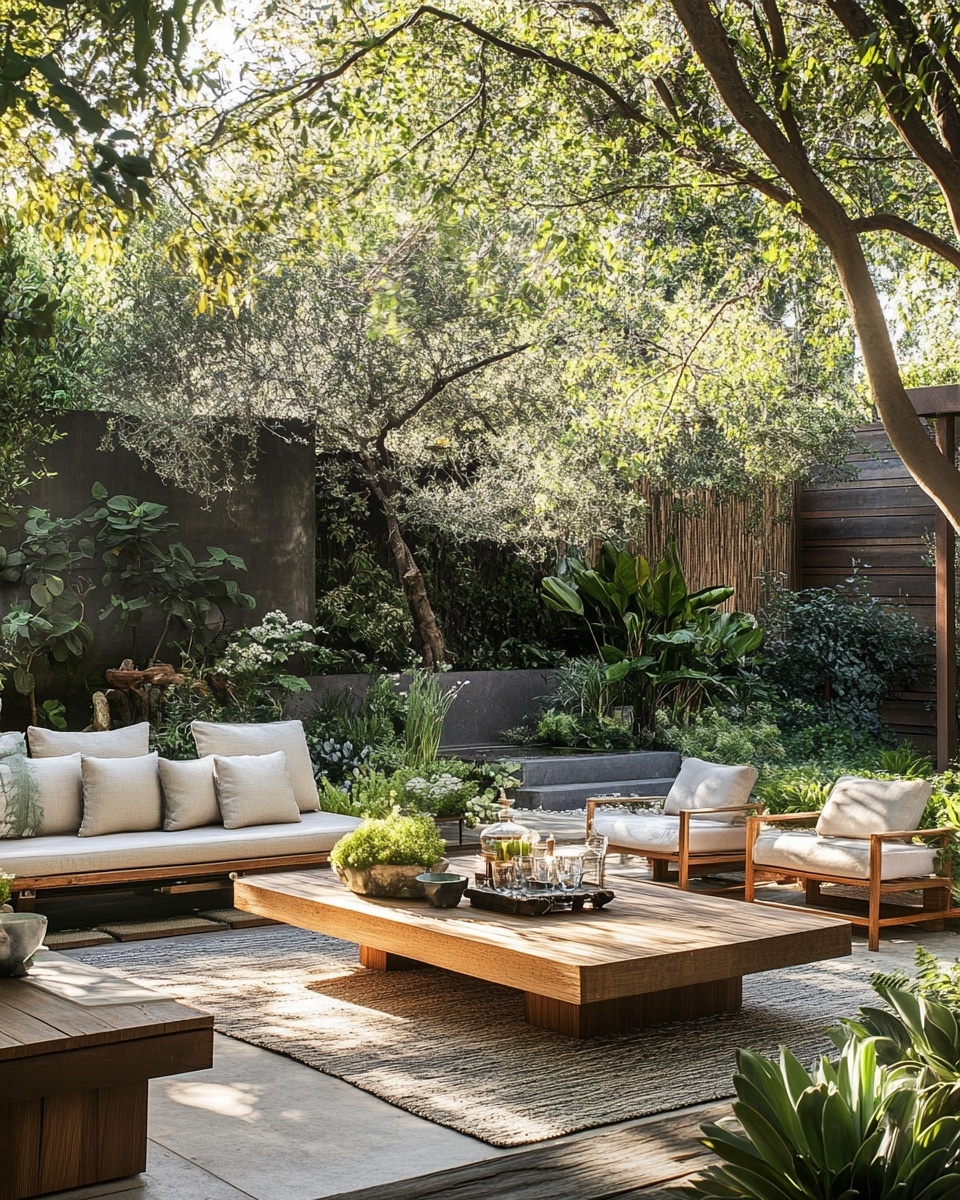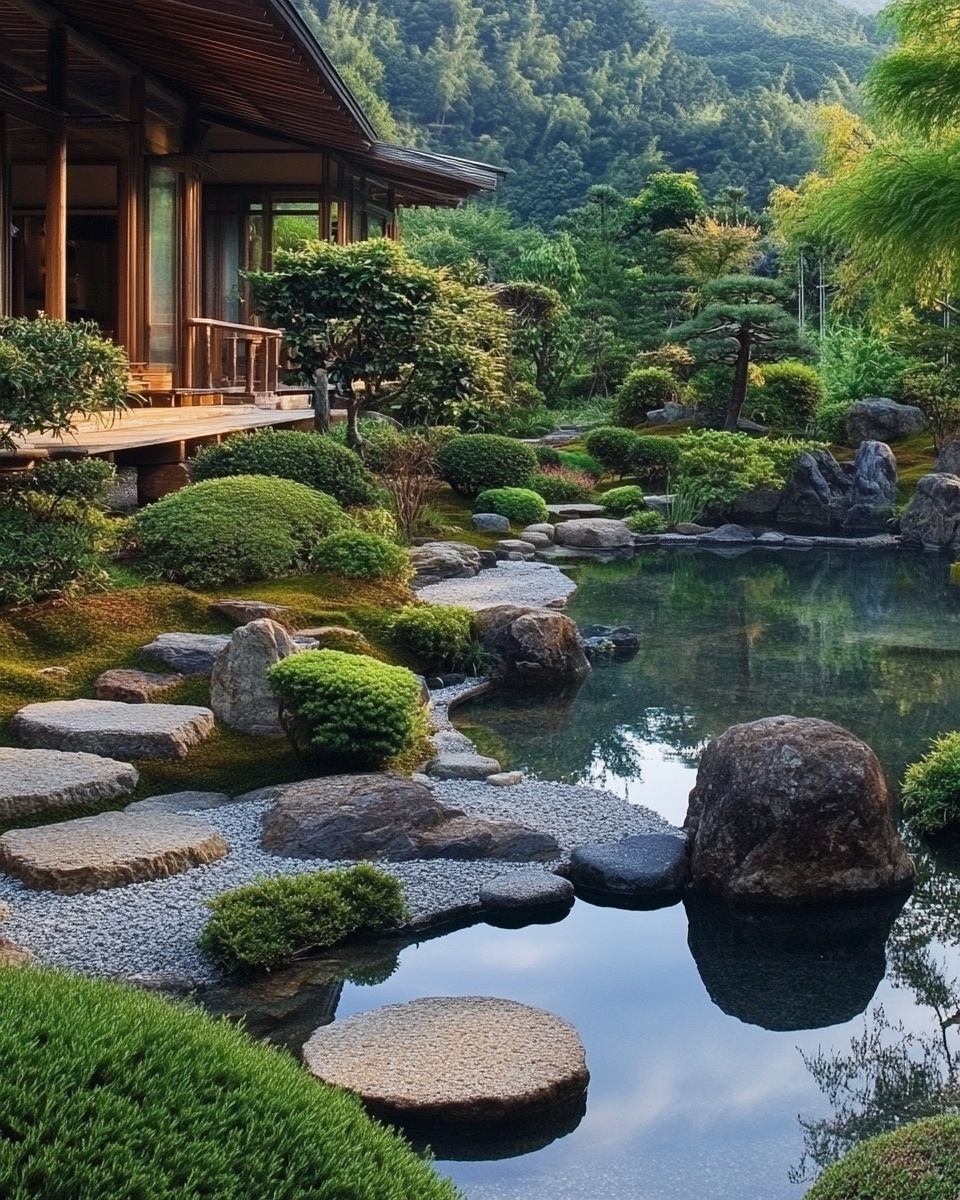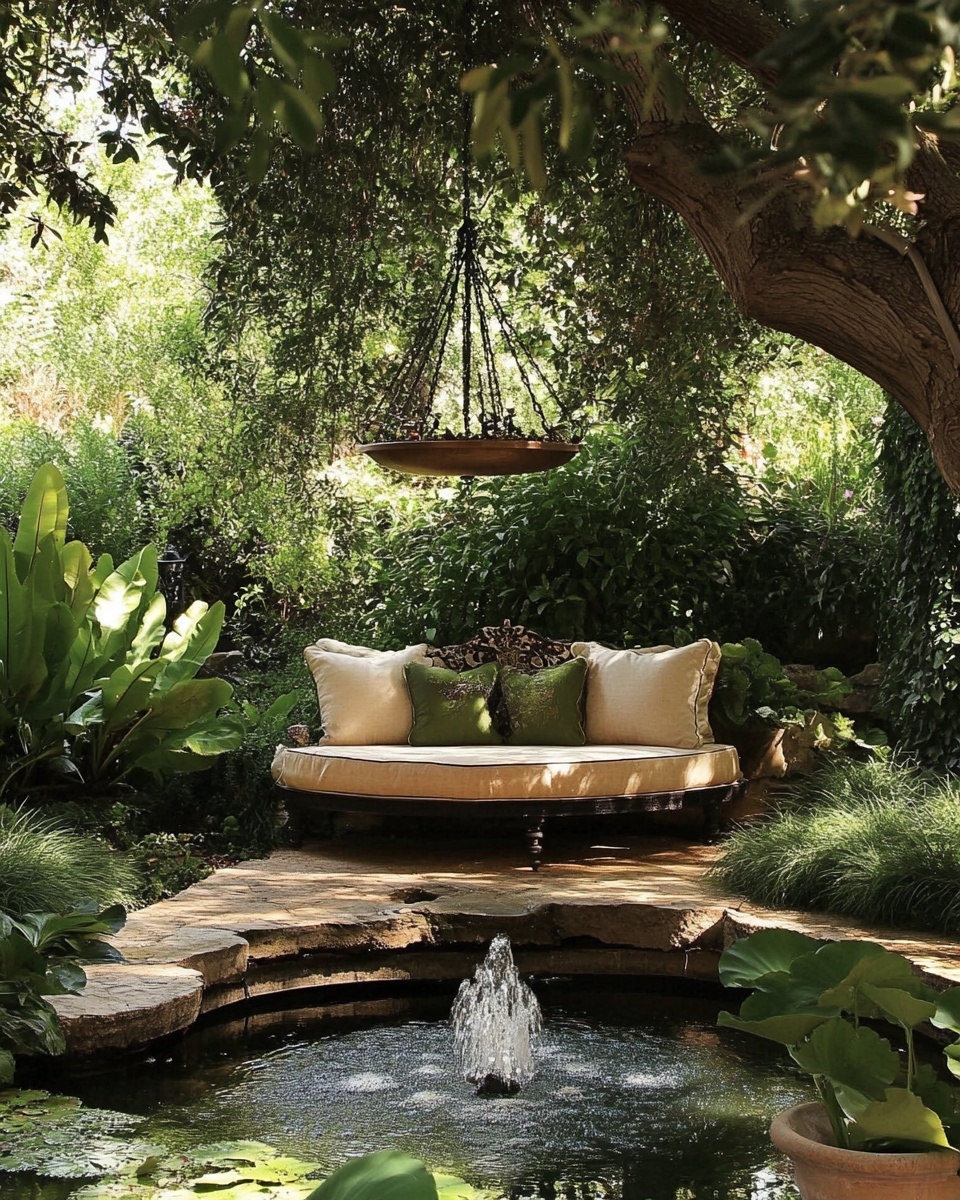Introduction
Did you know that 80% of new gardeners feel overwhelmed by the thought of starting a green space, often believing they need a sprawling backyard or extensive knowledge? What if I told you that nurturing thriving plants and enjoying fresh produce is entirely possible, even if your "garden" is limited to a windowsill or a small corner of your apartment? Welcome to the wonderful world of indoor gardening! This guide is designed to demystify the process and provide an easy indoor gardening setup for beginners. You don’t need a green thumb to succeed; just a little guidance and the right approach. Let's cultivate some green happiness together.
Tools & Materials Needed
Getting started with indoor gardening doesn't require a massive investment, but having the right tools can make all the difference. Here’s what you’ll need:
- Pots or Containers: Choose pots with drainage holes to prevent root rot. Terracotta pots are excellent for plants that prefer drier conditions, while plastic pots retain moisture longer. Eco-friendly alternative: Repurpose old food containers like yogurt cups (with holes punched in the bottom), milk jugs, or even tin cans.
- Potting Mix: This isn't just dirt from your backyard! A good quality potting mix provides aeration, drainage, and nutrients. Look for mixes specifically formulated for indoor plants, often containing peat moss, perlite, or vermiculite. Budget-friendly alternative: You can mix your own basic potting soil with equal parts compost, coco coir, and perlite.
- Seeds or Seedlings: For beginners, starting with established seedlings from a local nursery can be easier than seeds. If you choose seeds, opt for fast-growing varieties like herbs (basil, mint, cilantro) or leafy greens (lettuce, spinach).
- Watering Can: A small watering can with a fine spout allows for precise watering without disturbing delicate seedlings.
- Small Trowel or Scoop: Essential for handling potting mix and transplanting.
- Pruning Shears/Scissors: For harvesting and maintaining plant size. Kitchen scissors can work for small herbs.
- Light Source: Natural light is ideal, but if your space lacks sufficient sunlight (at least 6 hours for most plants), a grow light is a game-changer. LED grow lights are energy-efficient and highly effective.
Time & Effort Overview
Indoor gardening, especially for beginners, is surprisingly time-friendly. You’re looking at a commitment that's much less demanding than, say, outdoor vegetable patches, which require constant weeding and pest management.
- Initial Setup: Approximately 30-60 minutes to gather materials, pot your plants, and set up your space.
- Daily Maintenance: Around 5-10 minutes for checking moisture levels and misting.
- Weekly Maintenance: 15-30 minutes for watering, light pruning, and pest inspection.
- Growth Rate Comparison: Many indoor herbs like basil can grow 30% faster than their outdoor counterparts due to controlled environments and consistent care, offering harvests within 3-4 weeks from transplanting.
- Difficulty Level: Beginner-friendly. Starting with robust plants like mint, pothos, or spider plants makes it even easier.
Step-by-Step Gardening Process
Ready to get your hands dirty? Let's turn that empty corner into a vibrant indoor garden!
Preparing Your Workspace
Choose a well-lit area, ideally near a south-facing window, or prepare your grow light setup. Lay down newspapers or an old sheet to keep things tidy – potting mix can be surprisingly messy!
Choosing Your Plants and Pots
Select plants suitable for indoor conditions. Herbs like basil, mint, chives, and small leafy greens are excellent choices for beginners. Match your pot size to the mature size of your plant – don’t overcrowd them. For instance, a single basil plant needs at least a 6-inch diameter pot.
Adding Drainage: The Essential First Layer
Place a small piece of mesh or a coffee filter over the drainage hole of your pot. This prevents soil from washing out while still allowing water to escape. Don’t worry if you don’t have mesh; a few small stones or broken pottery shards can work too, but ensure they don't block the hole entirely.
Filling with Potting Mix
Fill your chosen pots about two-thirds full with fresh potting mix. Gently moisten the soil with a little water before planting; this helps settle it and prevents dust. Leave enough space at the top (about an inch) for watering.
Planting Your Seeds or Seedlings
If planting seeds, follow the package instructions for depth and spacing. For seedlings, carefully remove them from their nursery pots, gently tease apart any circling roots, and place them in the prepared hole. Ensure the plant is at the same level in the new pot as it was in the old one. Planting too deep or too shallow can stress the plant.

Watering After Planting
Once planted, water thoroughly until you see water draining from the bottom of the pot. This helps settle the soil around the roots and eliminates air pockets. This initial watering is crucial!
Labeling Your Plants
Don't underestimate the power of a good label, especially when you're starting multiple varieties. Use craft sticks or plastic labels and a permanent marker to easily identify your growing endeavors.
Placing Your Plants
Position your newly potted plants in their designated spot – under a grow light or in a sunny window. Remember, consistency in light exposure is key for healthy growth. Rotate your pots regularly to ensure all sides of the plant get adequate light and grow evenly.
Growth & Care Tips
Consistent care is the secret to a flourishing indoor garden. Here’s your detailed guide:
- Watering Frequency: This is often the trickiest part for beginners. The golden rule: water when the top inch of soil feels dry to the touch. Overwatering is a common killer, leading to root rot. Most indoor plants prefer a deep, infrequent watering rather than shallow daily sips. Data suggests that around 60% of houseplant problems stem from improper watering. Use your finger to check the soil moisture!
- Sunlight Exposure: Most herbs and leafy greens need 6-8 hours of direct sunlight daily. A south-facing window is ideal. Short on natural light? LED grow lights are incredibly effective, mimicking sunlight and promoting robust growth through their tailored spectrums. Position them 6-12 inches above your plants for optimal results.
- Pruning: Regular pruning encourages bushier growth and higher yields, especially for herbs. For basil, pinch off the top set of leaves just above a node (where new leaves emerge). This prevents leggy growth and tells the plant to branch out. Prune about 20-30% of the plant at a time.
- Fertilization: Indoor plants deplete nutrients from their limited soil supply. Fertilize every 2-4 weeks during the growing season (spring and summer) with a balanced liquid fertilizer diluted to half strength. During dormant periods (fall and winter), reduce or halt fertilization.
- Pest Prevention: Inspect your plants regularly for tiny insects like spider mites, aphids, or fungus gnats. A simple solution of dish soap and water (1 teaspoon per liter) sprayed on leaves can deter many pests. Maintaining good air circulation can also prevent many issues.
Eco-Friendly & Sustainable Alternatives
Embracing sustainability in your indoor gardening journey benefits both your plants and the planet!
- Composting: Turn kitchen scraps (fruit/veggie peels, coffee grounds) into nutrient-rich compost for your plants. A small countertop compost bin is perfect for indoor use. This reduces waste and enriches your soil, leading to healthier plants and reducing your reliance on purchased fertilizers.
- Natural Fertilizers: Instead of synthetic options, consider using worm castings, compost tea, or even diluted Epsom salts (for magnesium) to feed your plants. Used coffee grounds can also be sprinkled on the soil to add nitrogen.
- Water Conservation: Collect rainwater for your plants. It’s naturally soft and free of chlorine. Alternatively, let tap water sit out for 24 hours to allow chlorine to dissipate. Grouping plants together can create a localized humid environment, reducing water loss through evaporation.
- Vertical Gardening & Small Spaces: Maximize your growing area with vertical indoor garden ideas. Wall-mounted planters, tiered shelves, or even hanging baskets transform small spaces into productive mini-farms. For apartment dwellers, exploring options like compact balcony herb garden layout plan can provide excellent inspiration.
Creative Ideas & Uses
Your indoor garden isn't just for growing; it's also a source of beauty and inspiration!
- Decorate with Plants: Integrate your pots into your existing decor. Choose aesthetically pleasing containers that complement your home's style. Display plants at varying heights using plant stands or hanging planters to create visual interest.
- Repurpose Garden Materials: Old teacups can become charming mini planters for succulents. Wine corks can be transformed into tiny seed starter pots. Get creative with what you already have!
- Combine Plants Aesthetically: Create a "living arrangement" by grouping plants with similar care needs but varied foliage textures and colors. A potted rosemary next to a vibrant purple basil or a trailing pothos cascading from a shelf can be stunning. For integrating natural beauty, consider how flowers can brighten your indoor spaces; you might find inspiration in easy flowers to grow for beginners.
- Herb Corner: Designate a specific kitchen counter or shelf as your herb haven. Fresh basil, mint, and cilantro are not only great for cooking but also fill your home with delightful aromas, enhancing your culinary experience and providing convenient access to fresh ingredients.
Common Mistakes to Avoid
Even seasoned gardeners make mistakes, but being aware of common pitfalls can save your indoor plants.
- Overwatering: As mentioned, this is the number one plant killer. Overwatering causes root rot in over 60% of houseplants, suffocating roots and inhibiting nutrient uptake. Always check soil moisture before watering.
- Insufficient Light: Many beginners underestimate a plant’s light requirements. Low light leads to leggy, pale growth, and poor yields. If your plants are stretching towards the window, they are signaling for more light. Consider supplementing with a grow light.
- Lack of Drainage: Pots without drainage holes are a recipe for disaster. Standing water at the bottom of a pot will inevitably lead to root problems. Always ensure your containers have proper drainage.
- Ignoring Pests: A small pest problem can quickly escalate if ignored. Regular inspection and early intervention are crucial. Just 30 seconds of checking your plants daily can prevent an infestation that takes weeks to eradicate.
- Forgetting to Fertilize (or Over-Fertilizing): Plants need food! However, too much fertilizer can burn roots. Follow the "feed weekly, weakly" rule – dilute your fertilizer more than recommended and apply it frequently during active growth.
Maintenance & Storage Tips
Long-term success with indoor gardening relies on consistent maintenance and smart storage.
- Long-term Plant Health: Regularly dust your plant leaves. Dust can block sunlight and hinder photosynthesis. Wipe them gently with a damp cloth. Repot your plants every 1-2 years or when they become root-bound (roots visible at the drainage holes or circling the pot).
- Seed Storage: If you're saving seeds, store them in a cool, dark, dry place in airtight containers. Properly stored seeds can remain viable for several years, ensuring you have a supply for future indoor gardening projects.
- Seasonal Care: Adjust your watering and fertilizing schedule according to the seasons. Plants generally need less water and no fertilizer during the cooler, darker months of fall and winter when their growth slows down.
- Solutions for Common Issues:
- Yellow Leaves: Often a sign of overwatering or nutrient deficiency. Check soil moisture first. If dry, it might be underwatering. If wet, reduce watering. Consider a balanced fertilizer if dryness isn't the issue.
- Poor Soil Drainage: If your soil stays soggy for days, it might be too compact or lacking perlite. Repot with a better draining mix. You can learn more about proper soil care from resources like this helpful guide from Pinterest: https://www.pinterest.com/janatjanay47/.
- Leggy Growth: A sure sign your plant isn't getting enough light. Move it to a brighter spot or invest in a grow light. Pruning leggy sections can also encourage bushier growth.
Conclusion
Embarking on an indoor gardening journey is an incredibly rewarding experience, transforming small spaces into vibrant, productive green havens. By following these easy steps and understanding the basics of plant care, you're now equipped to cultivate your very own thriving indoor garden. The benefits extend far beyond fresh herbs and beautiful foliage; you’ll find a newfound connection to nature, a boost in well-being, and the immense satisfaction of growing something with your own hands. Don't wait – grab a pot, some soil, and your favorite seeds, and start planting today! Share your indoor gardening triumphs with us on social media; we’d love to see what you create.
FAQ
Q1: What are the easiest plants for beginner indoor gardening?
A: Excellent choices for beginner indoor gardening include herbs like mint, basil, and chives, leafy greens such as lettuce and spinach, and houseplants like Pothos, Spider Plants, and Snake Plants. These require minimal fuss and are forgiving of occasional neglect.
Q2: How much light do my indoor plants really need?
A: Most fruiting plants and herbs require 6-8 hours of direct sunlight. If you don't have enough natural light, a simple LED grow light can provide the necessary spectrum for healthy growth. Look for full-spectrum lights designed for plants.
Q3: How often should I water my indoor plants?
A: The best rule of thumb is to water when the top inch or two of the potting mix feels dry. Stick your finger into the soil to check. It's often better to underwater slightly than to overwater, as persistently wet soil leads to root rot.
Q4: Do I need special soil for indoor gardening?
A: Yes, using a good quality potting mix designed for indoor plants is crucial. It provides better aeration, drainage, and nutrient retention compared to garden soil, which can compact and harbor pests.
Q5: My plants are looking dull and leggy. What’s wrong?
A: Leggy growth (long stems with sparse leaves) and dullness usually indicate insufficient light. Move your plants to a brighter location or supplement with a grow light. This signals your plants need more energy for photosynthesis to thrive and maintain their vibrant appearance.
Q6: Can I use regular tap water for my indoor plants?
A: Yes, in most cases, tap water is fine. However, if your tap water is heavily chlorinated, let it sit out in an open container for 24 hours before watering. This allows the chlorine to dissipate, which can be beneficial for sensitive plants.
Q7: How do I deal with pests naturally in my indoor garden?
A: For common pests like aphids or spider mites, a gentle spray of insecticidal soap (diluted dish soap and water) can be very effective. Regular inspection of your plants helps catch infestations early. Good air circulation also deters many pests.
Curious about expanding your green horizons? Dive into methods for year-round cultivation with our guide on how to grow tomatoes indoors year-round.
If you’re keen on optimizing your growing space, take a look at our tips for space-saving greenhouse shelving ideas – many of these principles can be adapted for indoor use!
For those with limited space, a vertical approach is a game-changer. Discover more by checking out our vertical indoor garden ideas for small spaces.
